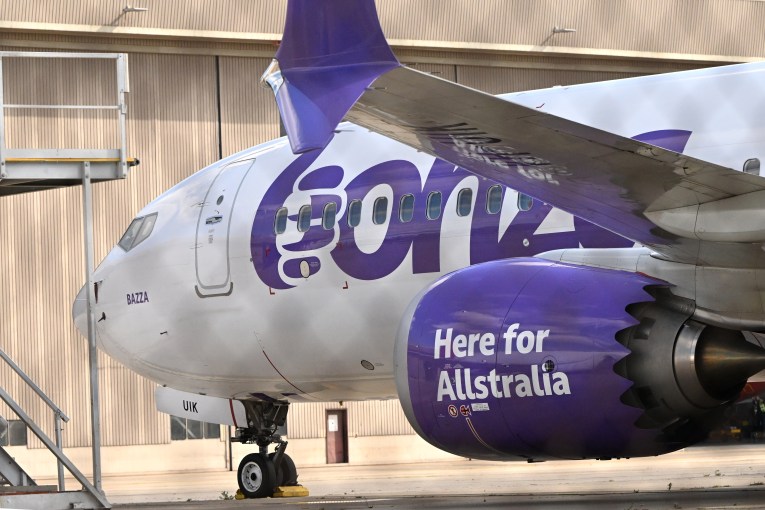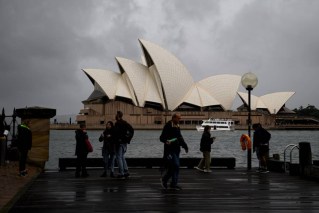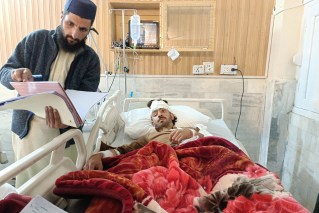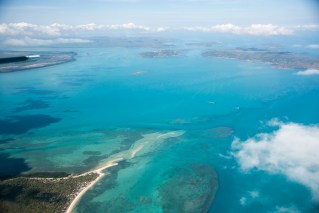Australia set for floods – not fires – this summer, but that’s a bad thing

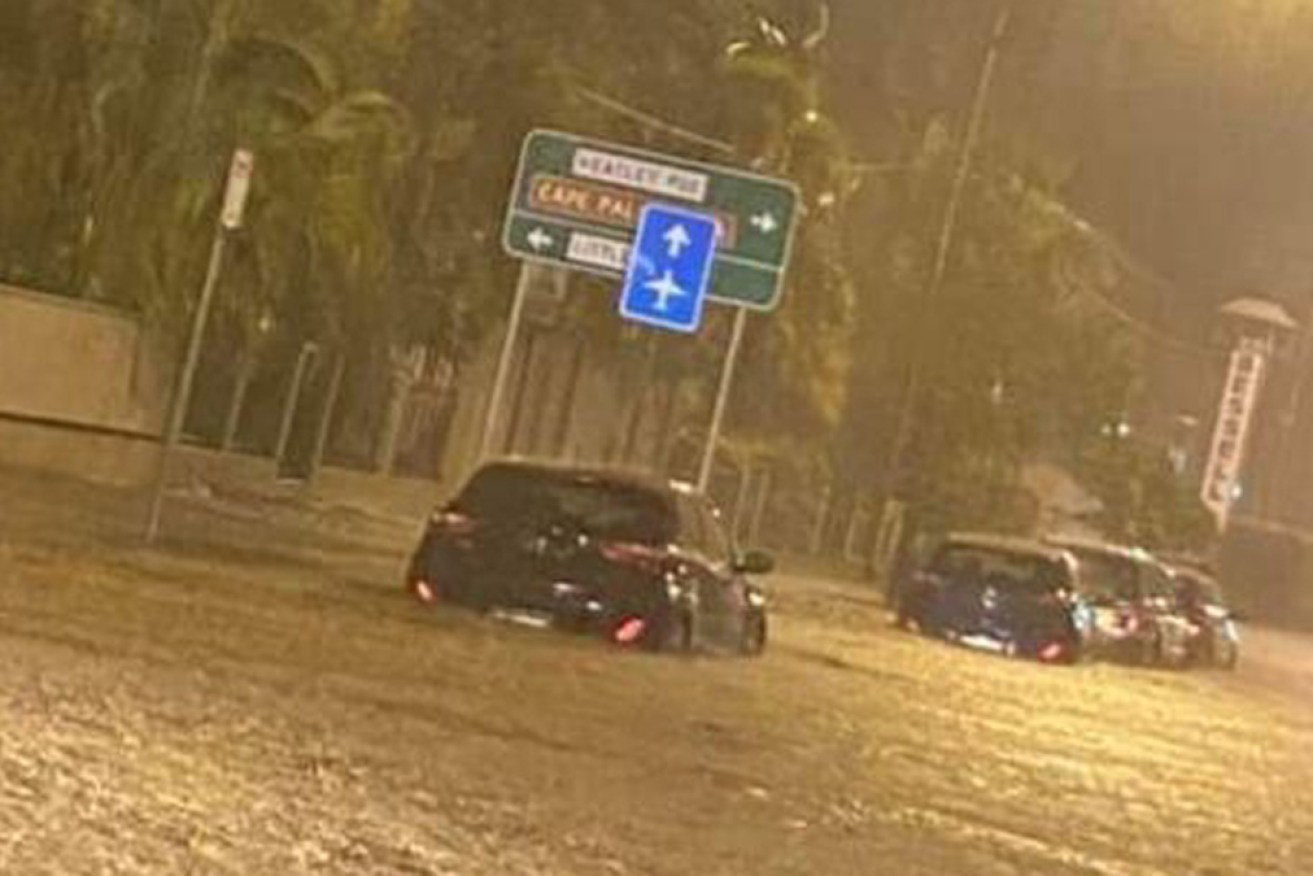
Summer is expected to bring floods this year. Photo: AAP
This summer is shaping up to be more dangerous, more destructive and more deadly than the last – and it won’t be because of bushfires.
An active La Niña event in the Pacific is expected to peak in December or January, which normally means more fatalities and a higher level of destruction than big bushfire seasons, experts have warned.
The dire warnings come as the Bureau of Meteorology and Natural Hazards Research Centre release their joint summer outlook.
Risk and resilience expert from Risk Frontiers Andrew Gissing said extra rainfall can create conditions that are “just as bad or as worse” than last year’s horrific bushfire season.
“Tropical cyclones and floods tend to cause more damage than bushfires,” he told The New Daily.
“The flooding of homes and the damage to infrastructure tends to be more damaging, too.”
Australians also have to prepare for severe health impacts – heatwaves are coming, and they tend to be more fatal than bushfires, he said.

Floods can cause serious damage. Photo: Twitter
The rains are coming
The last serious flooding event was in 2016, which means many Australians may not be familiar with how to act and make serious mistakes, Mr Gissing said.
“The primary ways people die during flooding is they make the decision to drive through flood water. That message of never drive through flood water is important,” he said.
BOM head of operational climate services Andrew Watkins said the weather outlook for this year was drastically different from the past two years.
Because of a combination of ‘above-average’ rainfall and ‘above-average’ streamflows – meaning the nation’s rivers are fuller than normal – the risk of flooding is high.
“There is a risk of widespread flooding, typically in eastern Australia,” Dr Watkins said.
“There is a risk of widespread flooding for Queensland, New South Wales and Victoria, but maybe some elevated risk in other states as well.”
Not everything will be wet
Short-term climate drivers are conspiring to keep things dry and that has increased the risk of fast-moving grass fires, Dr Watkins said.
“We have seen some good rainfall over winter and spring and that’s encouraged lots of vegetation growth, particularly in eastern Australia,” he said.
“But when we start seeing the heat of summer, we do expect that vegetation to dry out, and that may increase the grassfire risk across parts of eastern Australia.”
Dr Watkins said the outlook was also a reminder for communities to be prepared for heatwaves over coming months.
“Every summer we see heatwaves across southern Australia. This summer heatwave may not reach the extreme temperatures of recent years, but may be of longer duration and more humid, which can still have a significant impact on human health.”

Last year’s thick smoke covered most of the country. Photo: AAP
Although Australia’s emergency services were the best in the world, individuals needed to be prepared, Mr Gissing said.
“Emergency services will only be able to do so much, particularly in a large-scale event,” he said.
“In terms of bushfires it’s difficult to get a truck to every fire, and the same is for floods.
“That’s where disaster mitigation comes in. Businesses and people need to be prepared.”
The first step was to connect with your community and make sure vulnerable people were looked after and had an emergency plan, he said.
”People also need to know their risks, and what they can do in an emergency. They need to clean the gutters and make sure their homes are maintained.”
Fire, COVID and now floods
Innes Larkin is a second-generation owner of the Mt Barney Lodge, an ecotourism retreat at the base of Mount Barney within the Scenic Rim on the Gold Coast.
They had bushfires, a COVID-19 shutdown and are now preparing for floods.
“The fires came within 50 metres of our property boundary and burnt 80 per cent of the national park,” he said.
“It’s pretty extreme.”
The Lodge is still standing, but in total they kept their doors closed for just over six months.
Mr Larkin has been non-stop since they reopened in July. He took on extra staff and was run off his feet. But now, he’s busy preparing for floods.
“The very thing that all of the predictions say will happen is happening before us,” he said.

Mr Larkin took this photo as the fire approached the lodge.
“Instead of getting consistent rainfall throughout the year, this year we had 500ml in February alone. Now we’re coming back into summer, we’re predicted to have flooding events.”
His loves helping people connect with Australia’s wildlife, but says the increased severity of weather events was taking its toll.
“Climate change is making it difficult,” Mr Larkin said.
“It is one of the greatest external threats in our analysis year in and year out.
“We’ve got a spectacular palace, but we are destroying the brand through our external actions – by delaying action on climate change.”
Climate experts warn that just because the country isn’t covered in thick smoke this year, doesn’t mean the nation can afford to become complacent about the environmental crisis.
Climate Councillor and professor at Macquarie University Lesley Hughes said a wet summer didn’t mean “climate change has gone away and we can stop worrying about it”.
“One thing we know about last season’s fire event is it’s unlikely to be a one off. Those conditions will happen again because we continue to pump out emissions,” she said.
“While the focus of people’s lives are getting back to close to normal, that doesn’t mean the threat of climate change has gone anywhere.”
